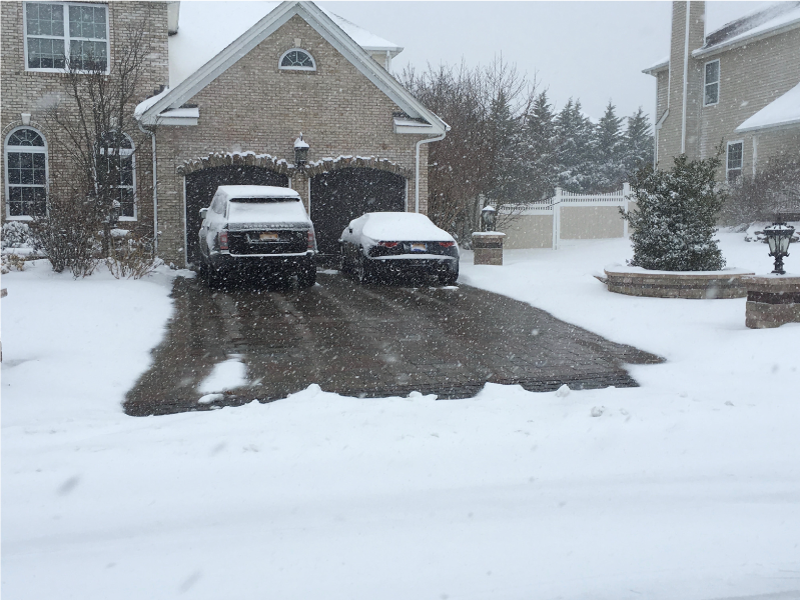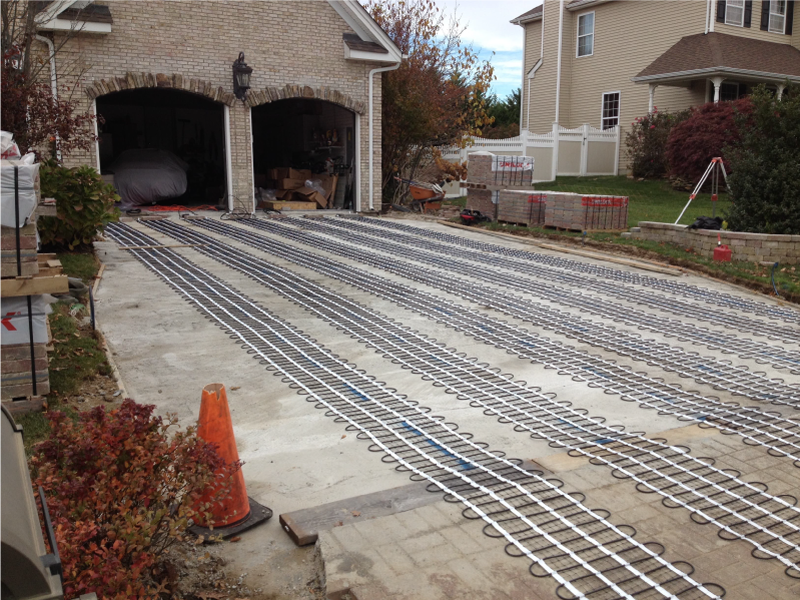If you live in a cold climate you know all too well the struggle of keeping an open pathway to your home or business during a winter storm. While difficult, keeping an open pathway is very important and not doing so can lead to unfortunate circumstances. In some instances, like an ice storm, only inches of accumulation can significantly impact safety and prevent transportation. In this blog, we’ll discuss all of the different ways to remove snow and ice from a driveway or walkway and the benefits and drawbacks of each.
DIY Methods
If you have a small space or tight budget chances are you take on the responsibility of snow removal. With so many DIY options sometimes it’s hard to know which method is best – especially since the type of precipitation and amount make such an impact on the decision.
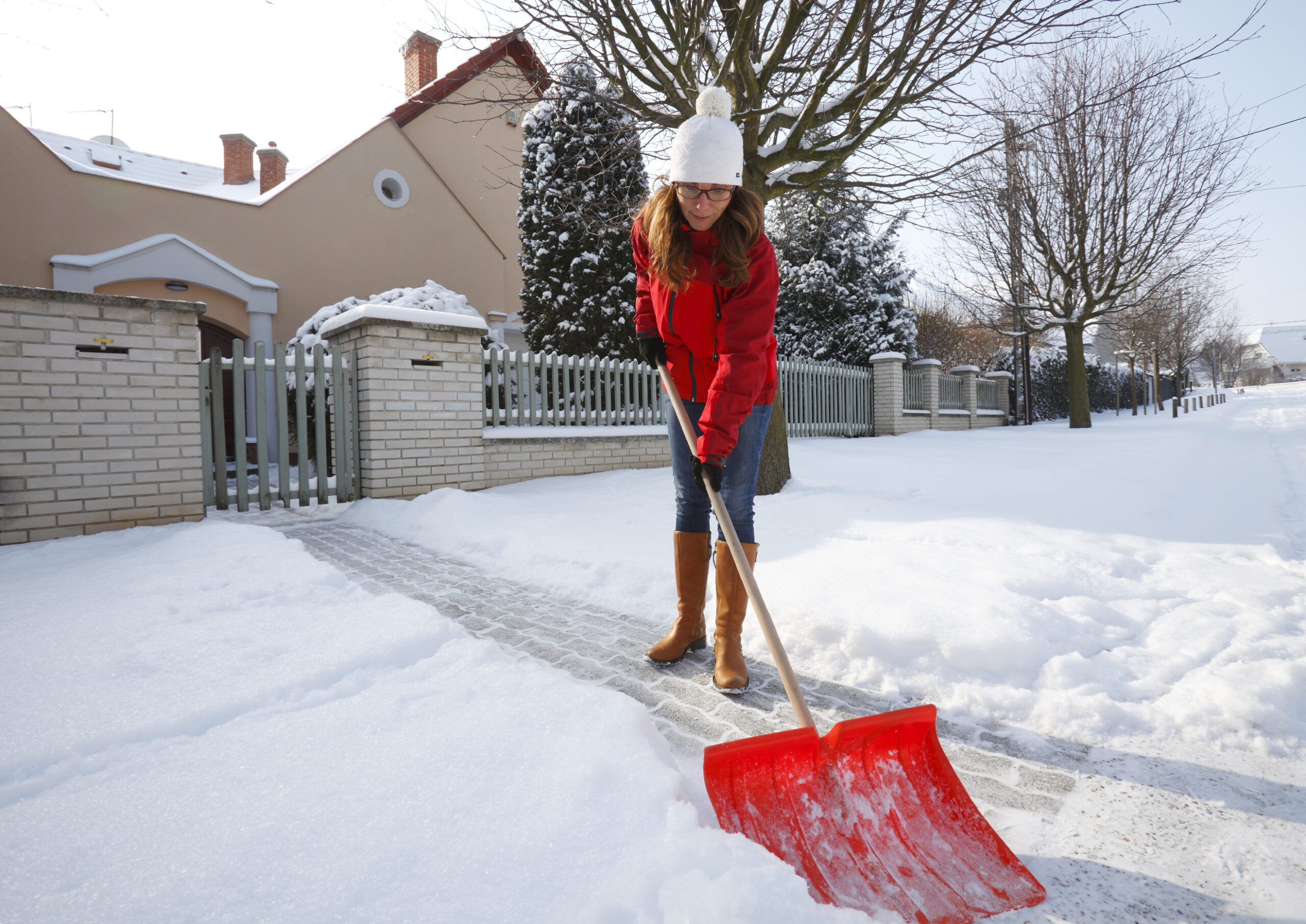
Shoveling
Perhaps the most classic snow removal method of them all is shoveling. When something automatically reminds you of back pain, it can’t be the best way. Research shows that each year, shoveling snow leads to an average of 100 deaths and a total of 11,500 medical emergencies and injuries that require treatment in an emergency department (Nationwide Children’s Hospital, 2019). Despite this, with its low cost and lack of impact on the environment, shoveling still remains popular.
To clear your home or business of snow by shoveling, one must have time and the physical ability. During a major snowstorm, it may be necessary to shovel multiple times throughout to maintain an open entryway.
Salt
In the category of cheap snow removal methods after shoveling comes the use of salt. Salt does a great job of melting minimal ice or snow accumulation but is not ideal for larger storms. The frequent use of salt is popular but does have its drawbacks.
Commonly, pet owners stay away from salt use because of the negative impact it can have on their furry friends if ingested. ASPCA explains that even those products labeled “pet-friendly” can contain harmful chemical such as urea or magnesium chloride (ASPCA, 2019).
It is not just pets who suffer from the use of snow melting salt. The use of salt takes a toll on the environment as well. It is estimated that 20 million tons of salt are scattered on U.S. roads each year. More concerning is that once introduced, salt cannot be collected back from soil or waterways. The impact of this addition to our environment has been studied and findings show that ecosystems and human health suffer from the water pollution that salt creates. In some areas, water is so contaminated it is advised that those with high blood pressure do not consume it (Columbia University, 2018).
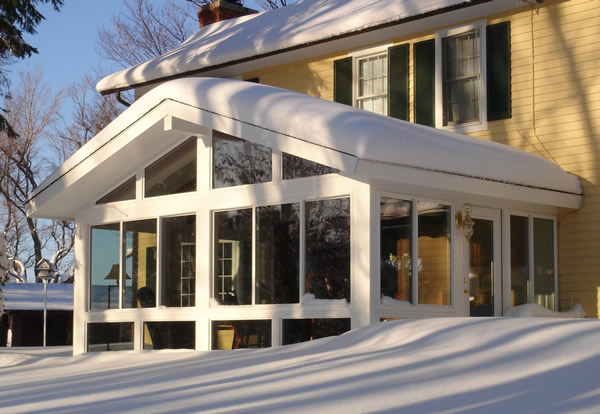
Snow Blowing
For homeowners who are fed up with snow removal but not quite ready to pass the responsibility onto someone else, snow blowers offer a DIY approach that will make you feel like a professional. While it is still required that you bundle up and head outside, snow blowers do significantly decrease the requirement for physical ability when it comes to snow removal.
Sounds great, right? Here comes the bad news. Be ready to spend some money! Snow blowers can cost upwards of $2,000 and frequently require maintenance. Additionally, they run off of fuel or electricity which also tac onto the total bill.
The added expenses are one thing, and another thing to consider is storage. Storing a snow blower can not only be a task that includes draining remaining fuel, but it can also be a cumbersome item to own. While some may have ideal storage for such an item, many may find themselves struggling to store such a large piece of equipment.
Surface Heating Mats
Perhaps the least-common of all DIY snow melting methods is heated surface mats. The unpopularity of outdoor surface heating mats is associated with being unpractical and inefficient. The major benefit of heated surface mats is that they can be used on any existing surface. Heated surface mats are designed to be laid down before snowfall, plugged in, and left to handle the job.
Snowfall is often unpredictable and occurs while we are away from our homes. For these reasons having a solution that requires application each time and manual activation isn’t very practical. Additionally, the manual activation and lack of temperature sensor contribute to high energy consumption.
Truly, individuals have had equal or greater luck with tarps as they have with heated surface mats. While both normally receive equal looks from nearby neighbors, both methods have yet to gain popularity despite their ability to remove snow.
Professional Snow Removal Methods
For a number of reasons, you may reach the point or be in a situation where you turn to a more professional snow removal method. Unfortunately, just like DIY methods, not all professional snow removal methods are 100% reliable. Before throwing away your shovel, you may want to consider the benefits and drawbacks of professional snow removal methods.
Hire Someone
The most common professional snow removal method in most areas is hiring an individual or group of individuals to handle the job. Hiring for snow removal is a fast solution that often has no upfront cost. Depending on your situation you may have a winter contract price or a per visit price established.
Snow removal services can be expensive and also unreliable. It is important to establish clear needs with whomever you are hiring at your home or business so that they can ensure a clear surface when you need it. This starts with deciding if you will hire for snow removal service or snow plowing service.
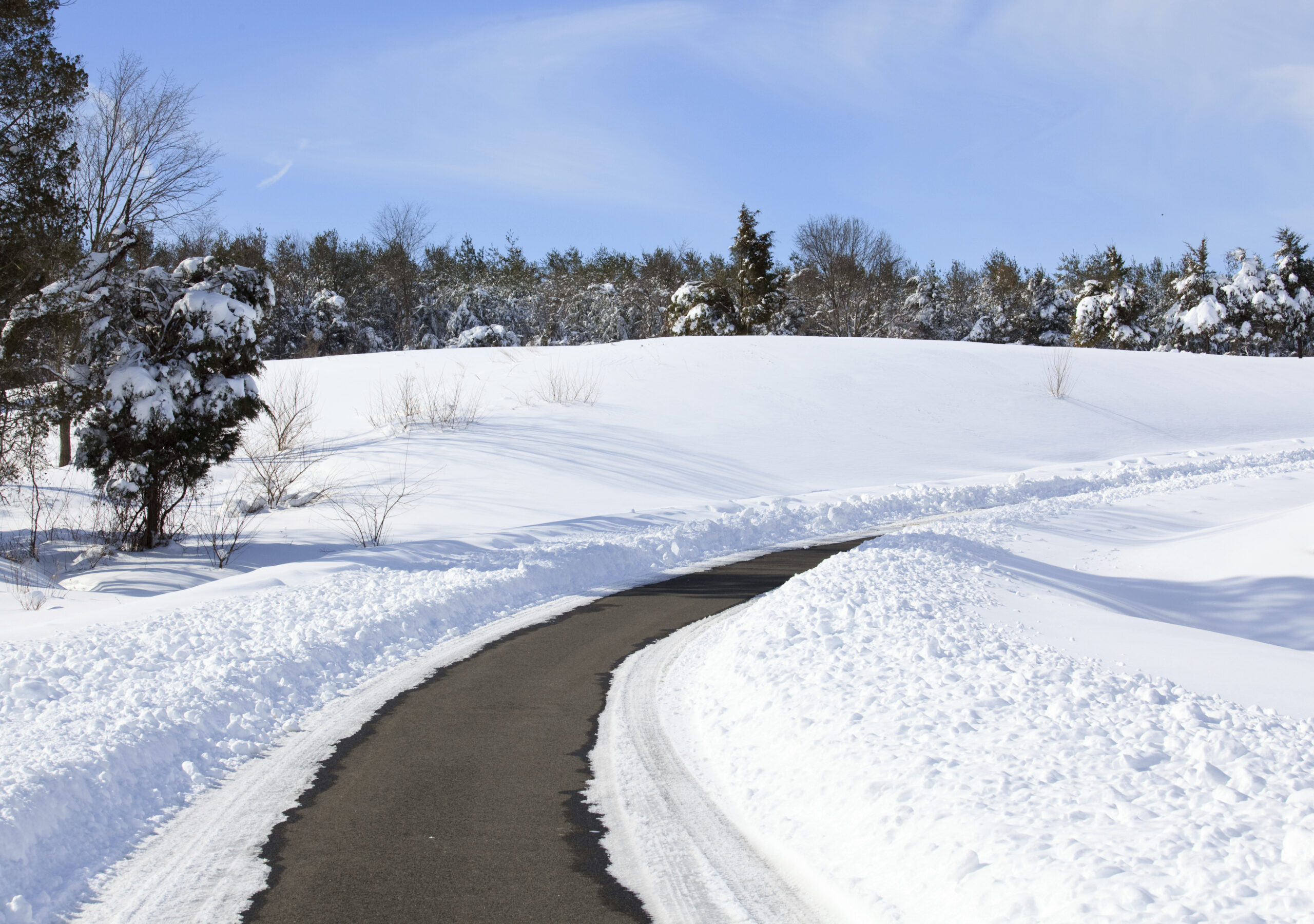
Snow Removal Service
Snow removal service normally consists of shoveling and/or snow blowing. This option can be a cost-saving alternative to plow service for small spaces. Depending on where you live professional snow removal can cost $50-100 an hour according to Fixr.
Snow Plowing Service
For commercial spaces or long driveways, snow plowing service offers a practical solution. Snow plowing for a standard driveway costs on average $75 a visit. For heavy accumulation or long/steep driveways, this price will quickly multiply (Fixr, 2019).
No matter what you choose: snow removal or snow plowing, one major drawback is that a space will normally only be cleared once. The issue with this is that while snow is accumulating entries will not be open. Depending on your needs and the storm this threat can vary.
Heated Driveway Systems
For home and business owners who are looking for the most reliable way to keep their property ice and snow-free the installation of a heated driveway system is recommended. What may seem like a daunting project can be made simple with new options available to the market.
Heated driveway systems increase property value and offer peace of mind with automated activation options. If you’re tired of dealing with snow removal altogether you can save yourself a lot of time this winter by installing a heated driveway system.
Hydronic Systems
Hydronic systems are connected to a boiler in your home and are well known for having low running cost. However, because of the boiler associated and the need for an entirely new driveway, outdoor hydronic systems are often costly.
While the lower running cost of outdoor hydronic systems is tempting, it is important to consider what impact this has on heating. Hydronic systems normally do take longer to heat a surface above freezing. Ultimately, this means you may have some time where accumulation is present on the surface. It is important to consider factors beyond running costs like initial investment and maintenance costs.
Electric Heating System
An electrically heated driveway system consists of heated cables embedded in the driveway material itself. Outdoor electric heating systems often have a bad reputation for high running costs but thanks to product development it is now possible for more homes and businesses to install practical electric driveway or walkway heating systems.
The installation of an outdoor electrical system typically saves customers money in comparison to hiring for snow removal or snow plowing services. A 10’x20’ driveway, based on the US national average, costs 96 cents an hour to operate. An electrically heated driveway system is designed to click on at the first sign of precipitation below freezing to ensure a snow and ice-free surface at all times. Operating this way ensures safety and the most efficient use of the system because it only heats the surface above freezing when necessary.
Unlike hydronic systems, electric driveway heating systems can be installed on an existing driveway or walkway. Heating cables are normally sold in two forms: loose cable or mats. Once either option is secured to the earth surface or existing driveway/walkway, asphalt, concrete, or pavers can be installed.
Electric systems also differ from hydronic systems in that they do not require any maintenance. Once installed, the system can be virtually forgotten. This benefit well-serves business owners and those planning for aging in place.
Outdoor electric heat is the only chemical-free option to clear snow from driveways and walkways. Regular use of chemicals for snow melting take a toll on pets, cars, gardens, and driveway surfaces. The deterioration caused by snow melting products is an additional cost often forgotten.
In Conclusion
While sometimes difficult and unpleasant, it is hard to argue that snow removal is impossible because of the many methods available today. It does not matter if you are at home or at work, snow removal is important for safety and an open entry/exit should be maintained at all times. It is important to plan ahead for snow removal if you live in a cold climate based on your needs and capabilities.
Heated Floors
Floor heating is the modern heating solution – creating the perfect temperature, making you feel warm and comfortable from the moment you enter the room.

